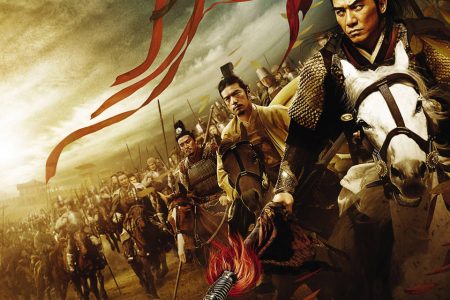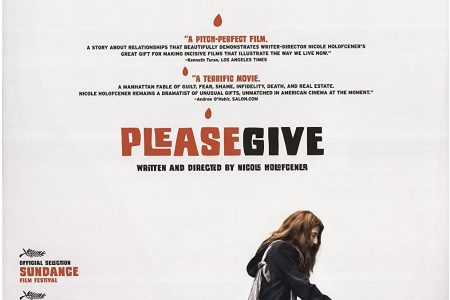I was lucky enough to visit the Shaolin Temple when I went to China a few years back; I don’t think that the building itself is the original but that’s not the point. It’s what it represents: the Shaolin Temple isn’t necessarily the birthplace of martial arts but it is the birthplace of what our idea of martial arts is today. I think this is what the film is about: the idea of what Shaolin Temple represents.
The film Shaolin starts in China in the 1920s: Shaolin monks clean up after a battle, saying prayers over the dead as they collect them to burn, including families as well as soldiers. The Shaolin Temple has become a home for refugees, during a time when warlords are rampaging through China. One such warlord is General Hou (Andy Lau), who has taken over the local area after killing the opposing warlord who was seeking refuge in the temple – he even defaces the temple’s sign (‘Birthplace of martial arts’). He plans with his second-in-command, Cou, to eliminate General Sung, his warlord ‘brother’, who Hou is worried is going to kill him after arranging the marriage of their children. However, after killing Sung, Hou is betrayed by Cou, who arranges to kill Hou and his family – Hou escapes with his daughter but she dies when they arrive at the Temple seeking refuge, and his wife blames him for it. Now wanted for murder and treason by Cou (who has now taken over the area, killing and looting), Hou decides to become a monk and dedicate himself to the Shaolin Temple, under the mentorship of the Temple’s cook (Jackie Chan in a small supporting role – his character is a tribute to a famous Shaolin monk cook who defended the temple; the monks still honour his name by shouting his name at the end of a form).
Life in the temple as a monk is shown – the training (which is of course very tough) and the cleaning and the cooking (Jackie Chan, when explaining why he is a monk cook and not a martial monk, says, ‘I can’t do martial arts. It’s beyond me’, which is a very nice in-joke) – and there is even some philosophy as well. Meanwhile, Cou has been using locals to work on railroads in association with the British but then getting the locals to dig for relics to pay for it and killing them to keep the secret. This leads to Huo revealing that he was still alive and Cou comes to the Temple for him, which leads to the finale with Cou’s army coming to destroy the temple and the monks defending it (which has a monk utter the wonderfully anachronistic line, ‘Don’t mess with Shaolin Temple’).
The film is a drama about the nature of man and the philosophy involved, but the action is impressive – there is not as much action as you might think in a film called Shaolin, but what there is makes up for it, and the martial arts are both beautiful and intense. The film is directed by Benny Chan and the action director is Corey Yuen, and they create a suitably epic and visually beautiful film. The camera sweeps and swoops majestically and the period detail feels authentic – for the film, the temple was recreated brick for brick (only bigger); there are genuine Shaolin monks in roles in the film (as Senior Brothers), even the kids in the film are products of Shaolin training; Andy Lau trained in Seven Star Fists, the style of Shaolin, for the film under a grandmaster of Shaolin. Although the film is based on Shaolin Temple (Jet Li’s debut film), it is a very different movie with a greater focus on a violent and ambitious man discovering the philosophy of ‘martial zen’ and becoming a better person, and this film tells that story very well.
The 2-disc DVD has a ‘Making of’ gallery, with some nice background information on the film, plus interviews with members of the cast (it is interesting to see Jackie Chan giving interviews in Mandarin and Cantonese, although more comfortably in Cantonese) and deleted/extended scenes, which hint at even more minutes of beautifully choreographed fight scenes. But, then again, I could watch them train in Shaolin style for ever – the credits close over Shaolin monks training in the snow, and it’s a thing of beauty in itself, as well as a hopeful and enduring image of what the Shaolin Temple represents.




